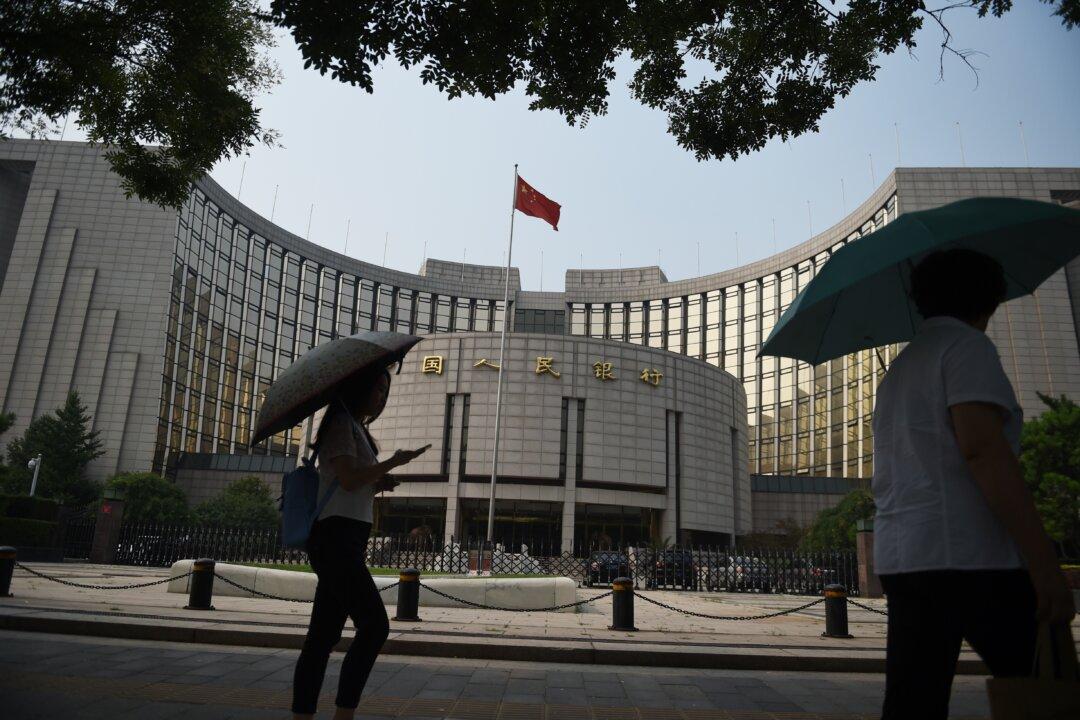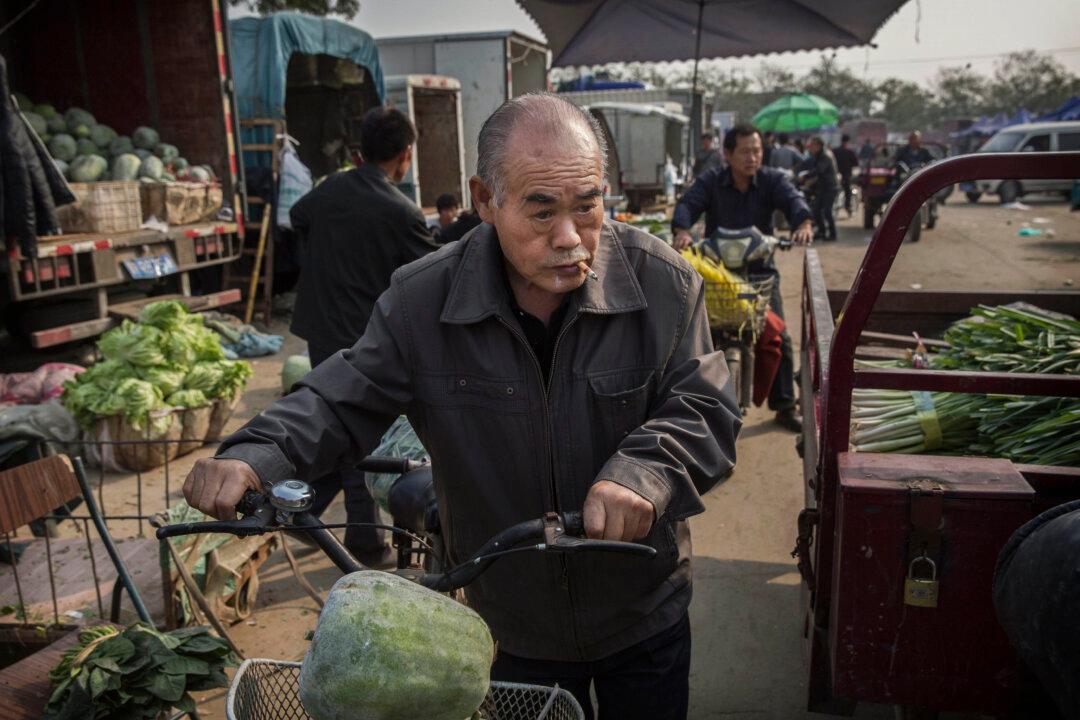Chinese regulators introduced major rules on Nov. 17—the scale of which has been compared to the U.S. Dodd-Frank Act—to unify regulations for the asset management industry and curtail shadow banking activities.
The rules are broad-based, covering China’s $15 trillion of asset management products issued by all financial institutions. The regulations—a culmination of sorts for Chinese communist regime leader Xi Jinping’s campaign to rein in financial risks this year—will target off-balance sheet businesses of banks, insurers, and asset management entities such as trusts and mutual funds.





